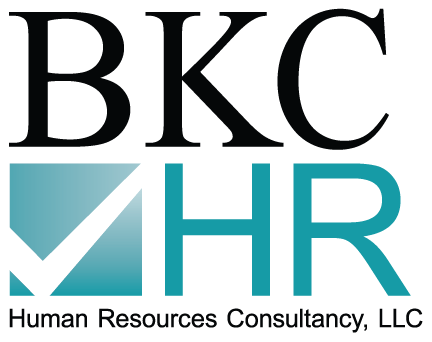BEST PRACTICES IN SUBRECIPIENT RISK ASSESSMENTS AND MONITORING FOR FEDERAL GRANT RECIPIENTS
Subrecipient risk assessments and monitoring are critical aspects of federal grants management. These practices ensure that funds are used in accordance with federal regulations, that grant objectives are met and that the risk of fraud, waste and abuse is minimized. The federal government has set forth guidelines in the Uniform Administrative Requirements, Cost Principles, and Read More…




